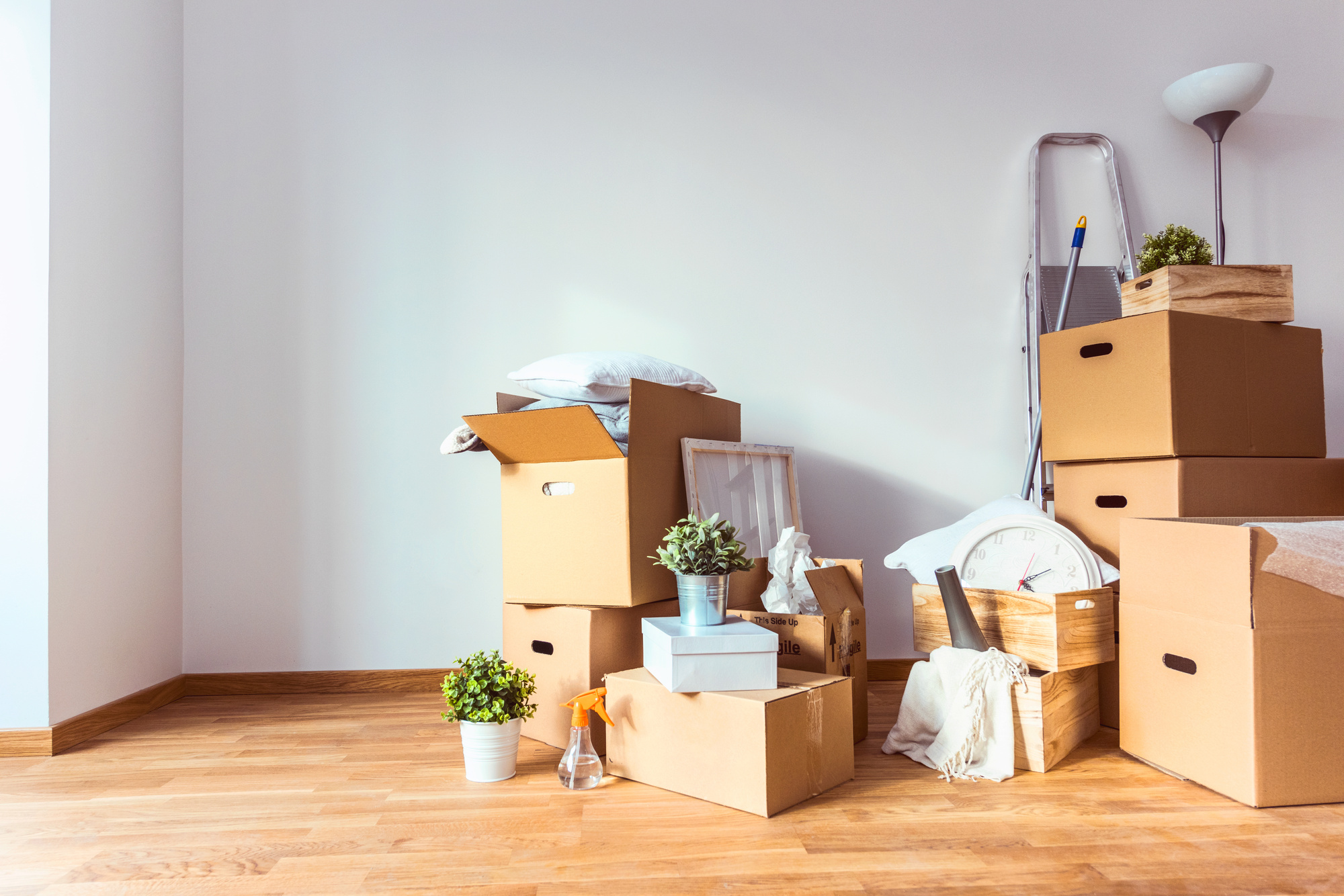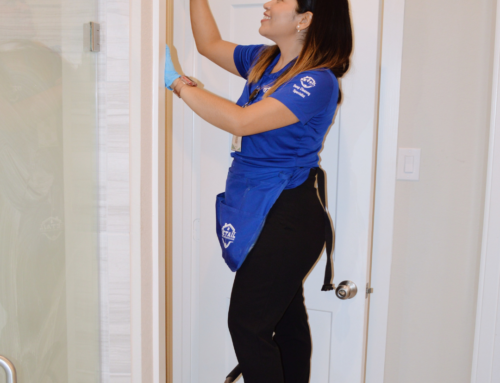They say that one of the main reasons why people hold onto clutter is sentimentality. But in reality, it’s mostly down to inertia. Once you bring something into your home, you’re most likely to forget about it, or make the excuse that you’ll use it ”someday”.
Clutter has a way of creeping up on you without you even noticing it — only to be confronted by overflowing cupboards and drawers when it comes time to spring clean or move house.
Getting rid of clutter doesn’t have to be complicated, you need to be systematic and routine about it. Check out this blog for more.
1. Be Practical When Getting Rid of Clutter
It’s funny how clutter and mess can begin to control your home without you even realizing it. But it doesn’t have to stay that way — you can reclaim your space and take back control of your home organization. All you need is a practical approach.
Regular home organization has a huge payoff. By starting off small with your decluttering, you can progress in increments, rather than being overwhelmed by tackling the task all-at-once. Be practical about the time you have and schedule in a few minutes a day for organization.
Keeping your home organized and clutter-free also impacts your mental wellbeing. It offers psychological relief, because a messy space leads to a messy mindset.
2. Schedule In Your Decluttering Time
If you find cleaning your home a chore that you just can’t stomach, or find time for, it’s important to make time for it. By scheduling in a block of time each week, you can stay on top of the clutter in your home, and you’ll find that cleaning does not have to be as strenuous or stressful each time.
Even if it’s just 20-30 minutes per week dedicated to decluttering your space and packing things away, it can make a world of difference to what your home looks and feels like. Put on your favorite songs, listen to a podcast, enlist your children to help — do whatever you need to do to make the process easier!
3. Limit Your Spots of Clutter
If you live in a busy household, especially with more than one child, it’s virtually impossible to avoid clutter and mess at all times. This is why it’s best to designate just one or two spots in your home for ”junk”.
Whether you allow your clutters spots to be near your front door, in a specific drawer, or in a corner of your living room, you want to limit these areas and therefore limit the mess.
Once you notice the clutter beginning to spread to other areas of your home, it’s time to start sorting out the junk from the necessities. To keep your clutter contained, it’s a good idea to invest in a storage vessel, such as a specific chest of drawers, a storage bin, a few baskets, or caddy trays, etc.
4. Use the Box Method to Decrease Your Clutter
If it’s time to get rid of some items that just serve no purpose in your home, you want to stick to the box method to help you weed out the junk from what you really want.
Find yourself three boxes and label them ”storage”; ”donate”, and ”sell” — you’ll also need a trash can nearby. Go through each item and decide which category they fall into. Use the Marie Kondo method when deciding whether to keep an item. I.e. if it doesn’t spark joy, then it’s time to go.
If there are items that you no longer need but still have some measure of value, you might want to sell those. Some items may not be worth selling but may seem like a waste to throw in the trash. These are the items you should donate. It’s also a good idea to do your research on donation centers near you before you start decluttering.
This will make the process easier to part with items you know you don’t need because you’ll already have an idea of where to donate them.
5. Set a Goal To Fill One Bag a Week
The task of decluttering a home in one day may seem very overwhelming. That’s why you want to set yourself small but achievable goals for the week instead. If you can commit to filling one trash bag of junk per week, consider this a win.
If you’d rather use the box method, try to fill up each box by the end of the week. Once you’ve done that, donate, sell or throw away your items, then start again for the following week.
6. Designate a Cabinet For Random Accessories
It’s no secret that a home can quickly fill up with plenty of random bits and bobs that have no real space to live. As such, all these random accessories begin to clutter up your space.
To avoid this, you want to set aside a specific cabinet or drawer for this random collection of odds and ends. This could include anything from candlesticks to stationary, to small pieces of décor, cables, batteries, old keys, etc.
To keep the cabinet in some form of organization, divide up the random selection of items into categories. Get yourself some small-medium storage bins for each category of accessories.
7. Get Yourself a Home Shredder
Paper clutter is one of those things that tend to accumulate far too quickly in many homes — large or small. If you want to keep your paper clutter to a minimum, especially if you work from home, it’s a good idea to invest in a shredder.
Go through all the piles of paper scattered throughout your home and assess what you need to keep and what can be shredded. This includes the likes of formal documents, junk mail, old newspapers, and magazines.
By keeping up with this task on a regular basis, you can minimize your paper clutter and keep your home clean and healthy.
Looking For Professional Home Cleaning Services?
Getting rid of clutter may seem like a daunting prospect, but you really don’t have to climb the entire mountain in one day! Take your time when it comes to decluttering, and use a methodical approach that best suits you.
If your home is in need of professional spring cleaning for the upcoming warmer months, Detail Cleaning Services is the expert you need to help restore order to your home. Get an instant online quote and book your service today!





